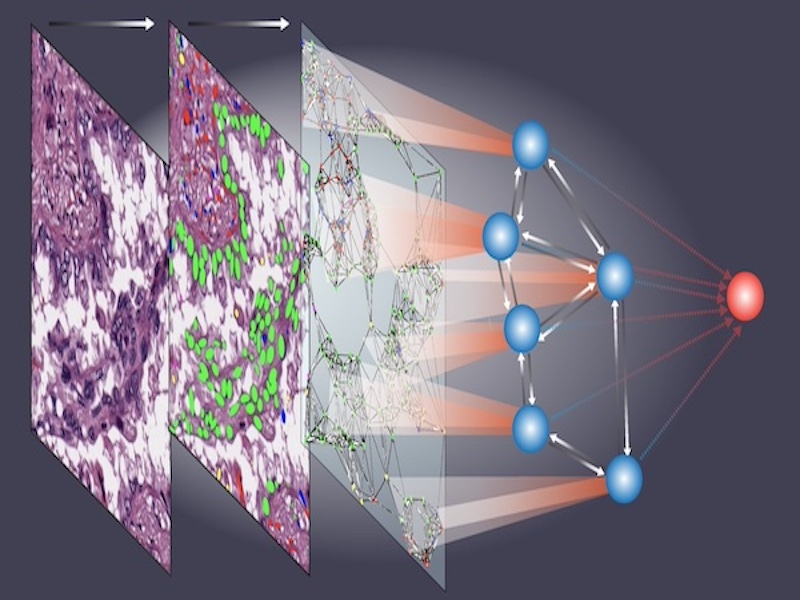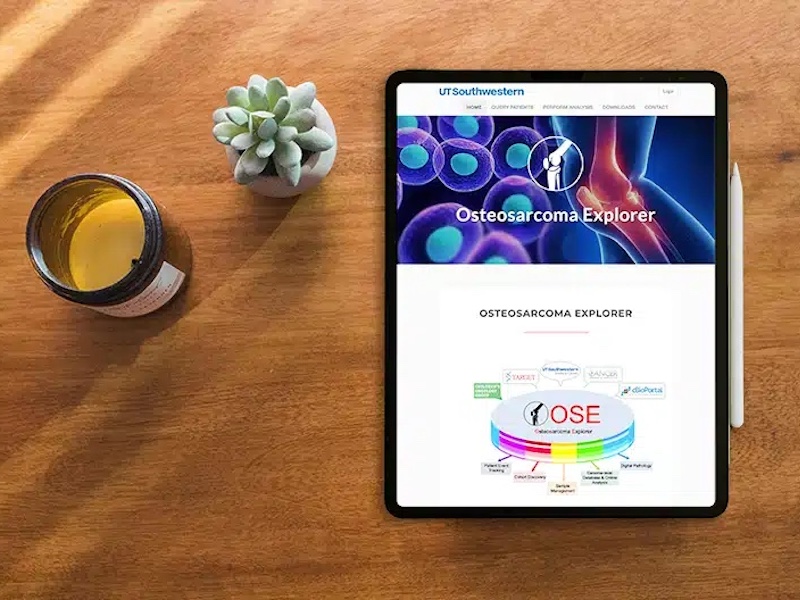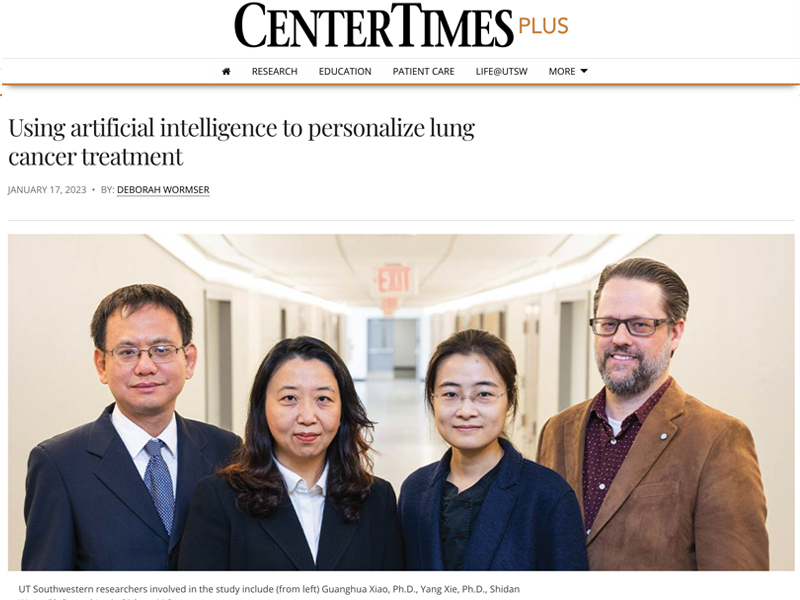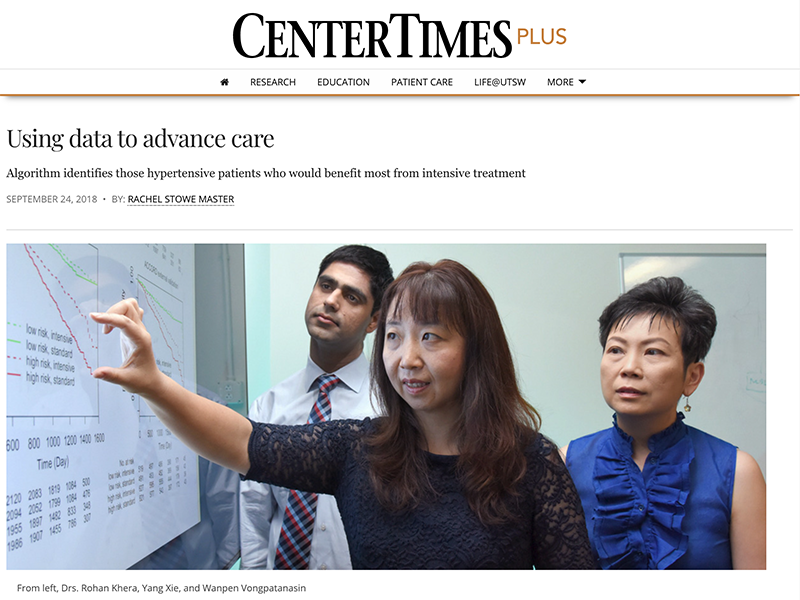
ChatGPT can extract data from clinical notes
May 08, 2024ChatGPT, the artificial intelligence (AI) chatbot designed to assist with language-based tasks, can effectively extract data for research purposes from physicians’ clinical notes, UT Southwestern Medical Center researchers report in a new study. Their findings, published in NPJ Digital Medicine, could significantly accelerate clinical research and lead to new innovations in computerized clinical decision-making aids.
Read more








